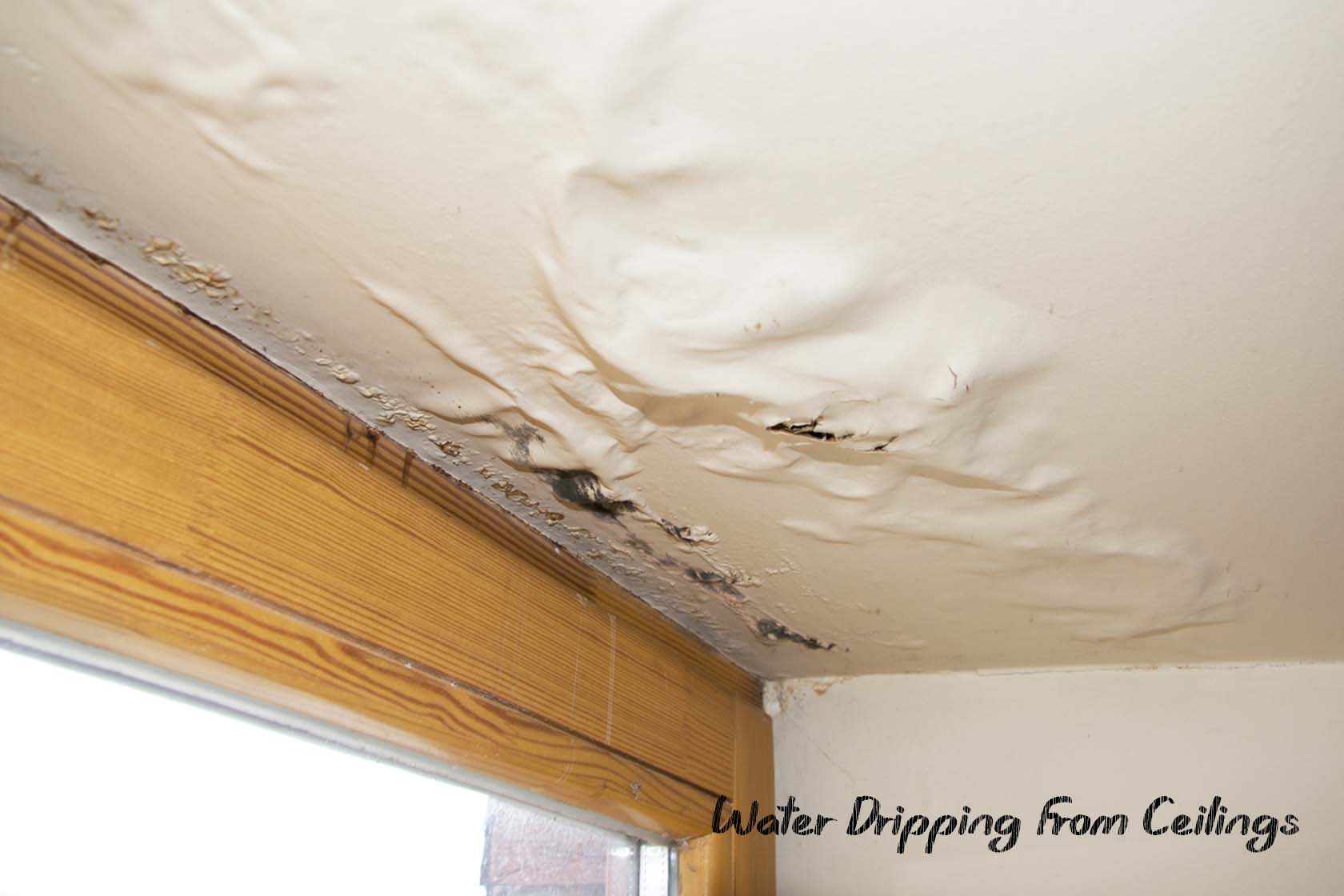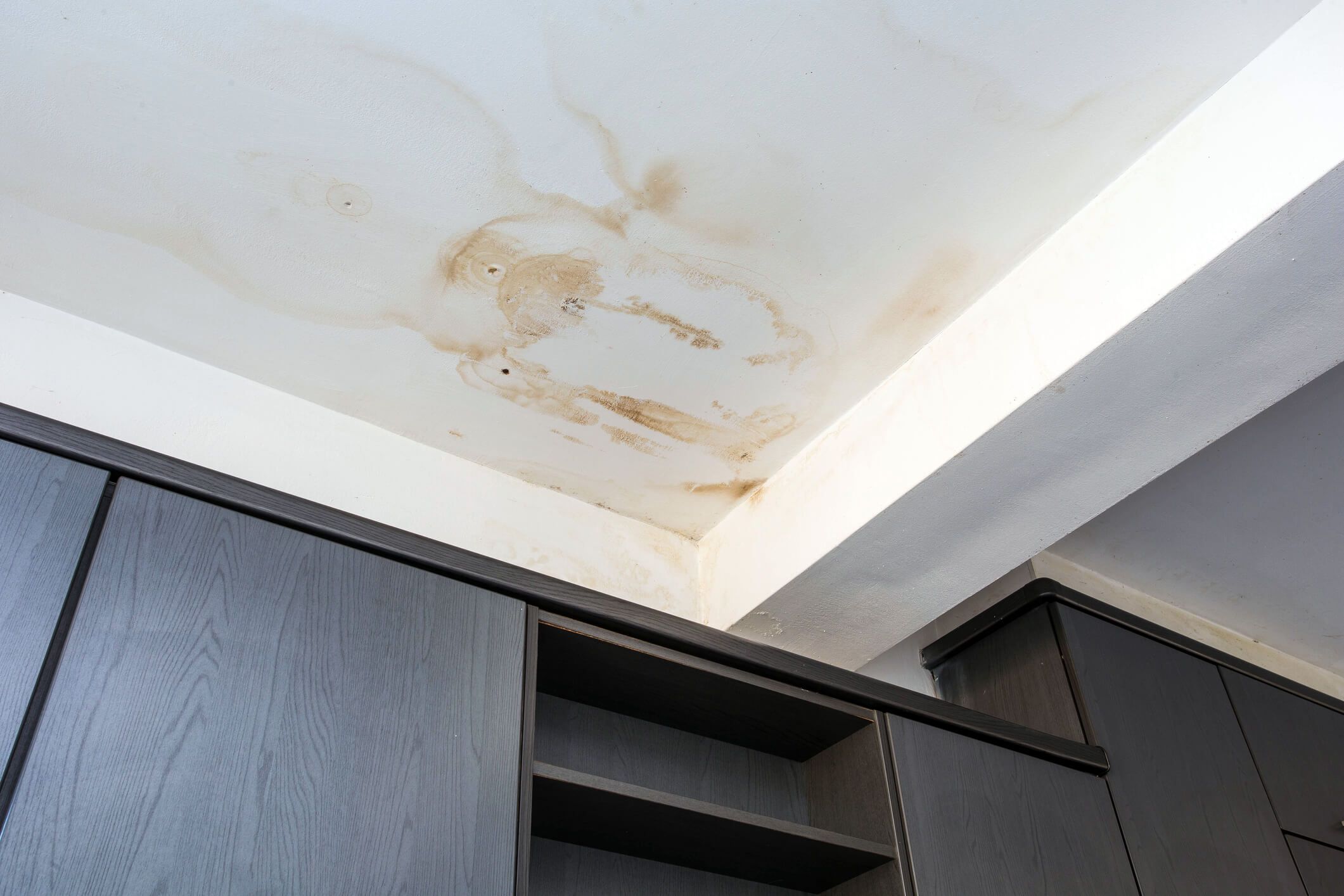Identifying the Source of the Leak

So, you’ve got a leak in your bathroom ceiling. It’s a common problem, and thankfully, usually a fixable one. The first step is to figure out where the leak is coming from. This will help you determine the best course of action for repair.
Common Causes of Bathroom Ceiling Leaks
A bathroom ceiling leak can stem from several sources. Knowing these sources will help you narrow down your search.
- Plumbing Issues: The most common culprit is a leaky pipe. This could be a burst pipe, a loose connection, or a faulty fixture like a showerhead or faucet. The location of the leak can often point to the specific fixture. For instance, a leak near the shower area might indicate a problem with the showerhead or the shower valve.
- Roof Leaks: If the leak is concentrated in a specific area of the bathroom, it might be due to a leak in the roof above. This could be caused by damaged shingles, a cracked roof, or even a clogged gutter.
- Condensation: This is less common but can occur in poorly ventilated bathrooms. If you notice water droplets forming on your ceiling, especially during or after showers, it might be due to condensation. This usually occurs in bathrooms with inadequate ventilation, leading to excessive moisture build-up.
Inspecting the Bathroom for the Leak Source
Once you have an idea of the potential causes, it’s time to investigate. Here’s how:
- Visual Inspection: Start by carefully examining the ceiling. Look for any signs of water damage, such as discoloration, warping, or sagging. Check the area around plumbing fixtures, including the shower, bathtub, sink, and toilet. Pay attention to the walls and floors as well, as water can often travel along these surfaces.
- Listen for Sounds: Listen closely for any dripping or running sounds. This can help you pinpoint the location of the leak. You might hear a faint dripping sound from a pipe or a rushing sound from a faulty fixture.
- Check the Plumbing: Examine all plumbing fixtures in the bathroom. Look for any leaks around the pipes, faucets, or showerheads. Turn on the water in each fixture and carefully observe the pipes for any signs of leaks.
- Inspect the Roof: If you suspect a roof leak, you’ll need to access the attic or roof. Check for any signs of water damage, such as stains, mold, or rot. Look for any damaged or missing shingles, cracks in the roof, or clogged gutters.
Signs of Water Damage
It’s crucial to identify signs of water damage early on. Water damage can lead to mold growth, structural damage, and health problems. Here’s what to look for:
- Discoloration: Look for water stains or discoloration on the ceiling, walls, or floor. This is a clear sign that water has penetrated the surface.
- Warped or Sagging Surfaces: Water damage can cause surfaces to warp or sag. This is particularly common with ceilings and wooden floors.
- Mold Growth: Mold can grow in damp areas, especially in hidden spaces like the attic or crawl space. Mold can cause respiratory problems and allergies.
- Musty Odor: Water damage often leads to a musty or mildew odor. This is a strong indication that there is moisture trapped in the building materials.
Troubleshooting and Repairing the Leak

Once you’ve identified the source of the leak, it’s time to tackle the repair. This process involves addressing the problem directly, whether it’s a loose pipe, a crack in the plumbing, or a faulty seal.
Methods for Repairing Leaks
The method you choose to repair the leak will depend on the nature of the problem. Here are some common approaches:
- Patching: For small cracks or holes in pipes, patching is a quick and easy solution. This involves cleaning the area, applying a sealant or epoxy, and letting it dry. This method is typically used for minor leaks and can be done with a simple sealant, epoxy, or specialized pipe repair kits.
- Replacing Pipes: If the leak is caused by a damaged or corroded pipe, replacing it is the best option. This may involve cutting out the damaged section and replacing it with a new pipe, which requires more extensive work and may necessitate the help of a plumber.
- Sealing Cracks: Cracks in the plumbing system can be sealed using various materials, including caulk, epoxy, or specialized crack repair kits. These methods involve cleaning the crack, applying the sealant, and allowing it to dry. This approach is typically used for cracks in pipes, joints, or fixtures.
Using the Right Materials and Tools
Choosing the right materials and tools is crucial for a successful repair. The specific tools and materials will vary depending on the nature of the leak and the chosen repair method. However, here are some essential items you might need:
- Gloves: Protect your hands from chemicals and water.
- Safety Glasses: Protect your eyes from debris and chemicals.
- Wrench or Pipe Wrench: To tighten or loosen pipes and fixtures.
- Pliers: For gripping and manipulating small parts.
- Screwdriver: For removing and installing screws.
- Caulk Gun: For applying sealant.
- Epoxy: For patching cracks and holes.
- Pipe Repair Kit: For patching holes and leaks in pipes.
- Sealant: For sealing cracks and joints.
- Cleaning Supplies: To clean the area before and after the repair.
It’s essential to use high-quality materials and tools for the repair, as this will ensure the longevity of the fix and prevent future leaks.
Preventing Future Leaks: My Ceiling Is Leaking Under My Bathroom

You’ve finally conquered the leaky ceiling, but now it’s time to think about prevention. Taking proactive steps can save you a lot of stress and potential damage down the line.
Regular Maintenance of Plumbing Fixtures and Pipes
Regular maintenance is crucial to prevent leaks. By catching minor issues before they become major problems, you can avoid costly repairs and keep your bathroom leak-free.
- Check for leaks: Regularly inspect all faucets, showerheads, and toilets for any signs of leaks, such as dripping water or moisture around the base. Even a small drip can waste a significant amount of water and lead to larger problems over time.
- Tighten connections: Periodically tighten all connections, including those under sinks and behind toilets, to prevent loosening and leaks. Use a wrench or adjustable pliers, but be careful not to overtighten, as this can damage the pipes.
- Inspect pipes: Check for any signs of corrosion, cracks, or leaks on exposed pipes. If you see any damage, contact a plumber immediately for repair.
- Replace worn-out parts: Over time, rubber washers, O-rings, and other components in faucets, showerheads, and toilets can wear out. Replace these parts as needed to prevent leaks.
Preventing Condensation Buildup in the Bathroom
Condensation is a major contributor to bathroom ceiling leaks. It occurs when warm, moist air from showers or baths cools and condenses on cold surfaces, like the ceiling. Here’s how to combat condensation:
- Use exhaust fans: Install and use an exhaust fan during and after showers or baths to remove excess moisture from the air. Make sure the fan is powerful enough to adequately ventilate the bathroom and that the vent is clear of obstructions.
- Open windows: When possible, open a window during and after showering or bathing to allow fresh air to circulate and help remove moisture.
- Keep the bathroom warm: A warm bathroom reduces the temperature difference between the air and surfaces, minimizing condensation. Consider using a space heater or adjusting your thermostat to maintain a comfortable temperature.
Choosing and Installing Waterproof Materials, My ceiling is leaking under my bathroom
Using waterproof materials in your bathroom can help prevent leaks from spreading and causing damage. Here’s what to consider:
- Ceiling: Choose a waterproof ceiling material, such as drywall that’s been treated with a moisture-resistant barrier or a ceiling panel specifically designed for bathrooms. Make sure the material is properly installed to ensure a waterproof seal.
- Flooring: Select a waterproof flooring option for your bathroom, such as tile, vinyl, or laminate. These materials are resistant to moisture and can withstand spills and splashes.
- Grout: Use a waterproof grout for your tile installation to prevent water from seeping into the grout lines and damaging the underlying structure.
- Shower and tub surrounds: Install a waterproof shower or tub surround, such as tile, acrylic, or fiberglass, to prevent water from leaking behind the walls.
